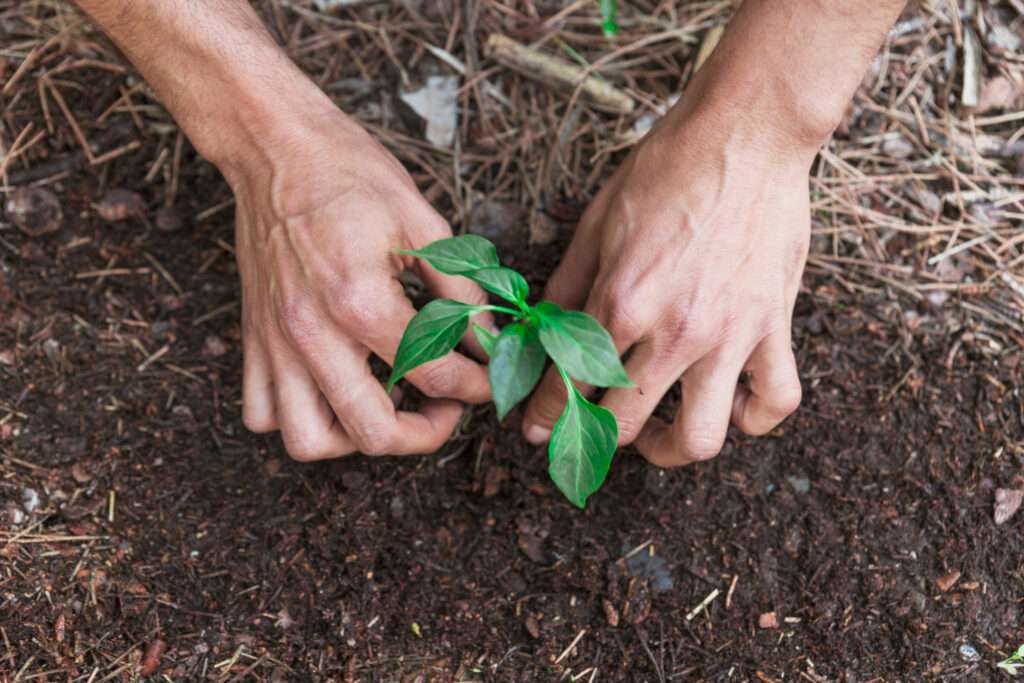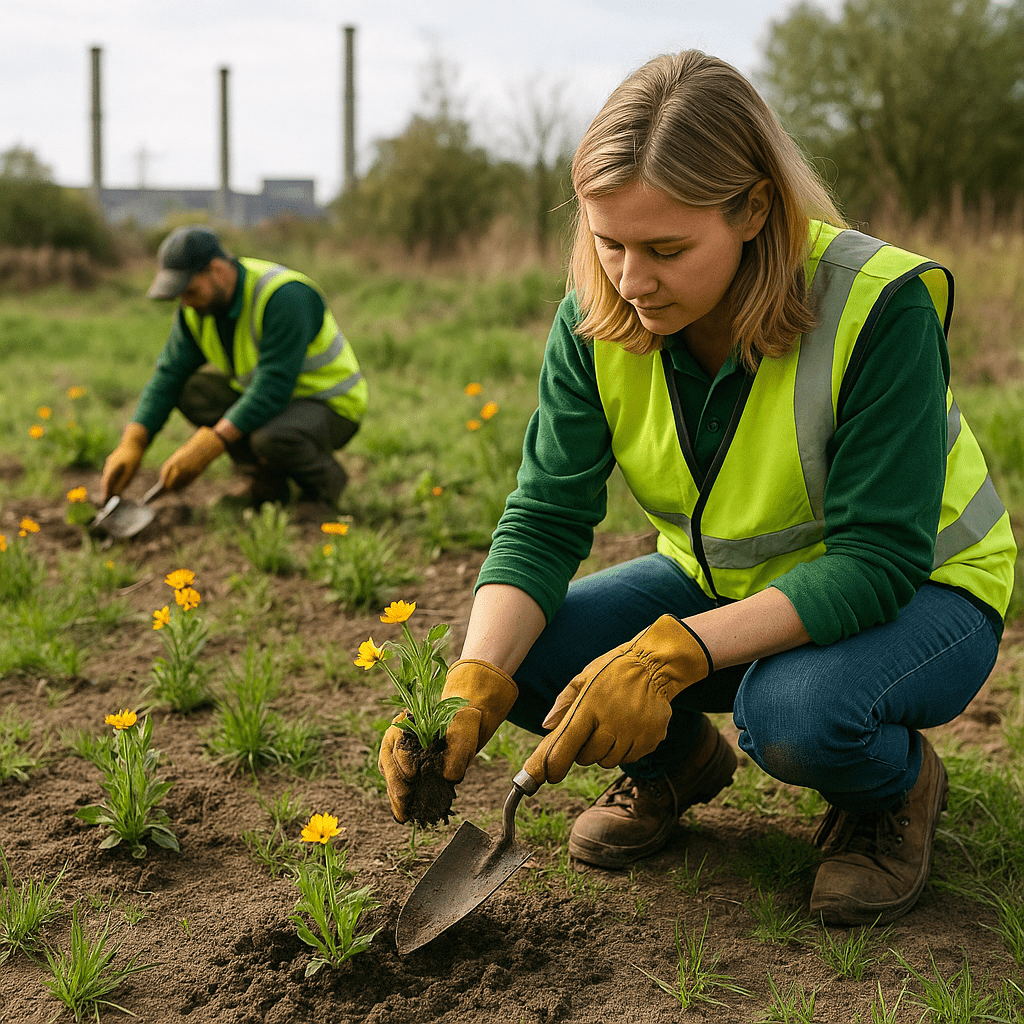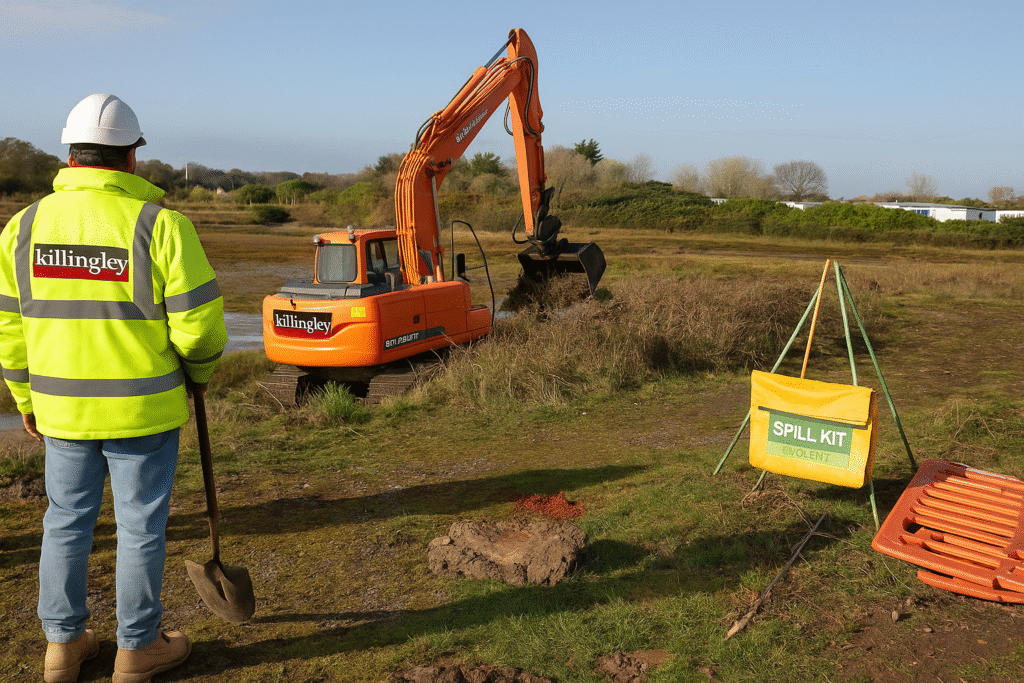Habitat Restoration
Restoring Nature, Reviving Balance
At Killingley, we’re passionate about restoring the UK’s natural habitats — breathing new life into degraded land and rebuilding ecosystems that support biodiversity, climate resilience, and long-term sustainability.
Our Habitat Restoration services form a key part of our environmental enhancement offering. Whether reinstating a lost wetland, reviving a neglected woodland, or transforming former industrial land, we deliver solutions rooted in ecological best practices and measurable outcomes.
We collaborate with ecologists, developers, and landowners to return degraded landscapes to health, using innovative techniques backed by science and practical experience.
Our approach prioritises habitat resilience while aligning with biodiversity targets and planning regulations.
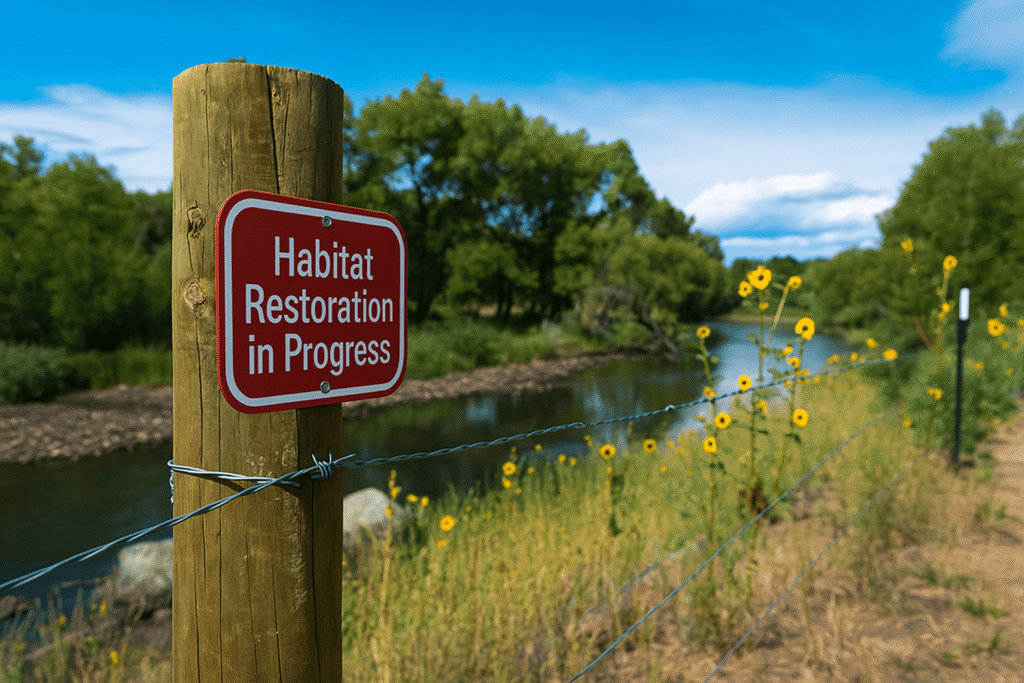
What Is Habitat Restoration?
Habitat restoration is the process of returning damaged or altered ecosystems to a more natural and functional state. It includes reintroducing native species, repairing soils and hydrology, and managing land to support long-term ecological health.
Whether driven by planning requirements, biodiversity net gain targets, or conservation goals, habitat restoration ensures that landscapes are healthier, more biodiverse, and better equipped to adapt to environmental change.
Key Principles of Habitat Restoration
Habitat Restoration Benefits
Implementing habitat restoration delivers wide-reaching benefits:
Habitat Restoration Strategies
Ecological Site Assessment
Every project begins with an ecological baseline assessment. This helps us understand existing conditions, constraints, and potential restoration strategies that align with local habitats and biodiversity targets.
Habitat Design & Planning
We develop tailored restoration plans, from restoring woodlands and creating wildflower meadows to regenerating wetlands and hedgerows. All designs are evidence-based and aligned with UK guidance.
Implementation & Monitoring
Our in-house teams carry out all works using best-practice methods — including planting, fencing, hydrology works, and soil conditioning — followed by monitoring to track ecological performance.
Community Integration
Where appropriate, we include community engagement and educational signage, especially in public realm or school-based restoration sites.
Practical Applications of Habitat Restoration
Killingley’s habitat restoration services support landowners, developers, and local authorities across sectors including:
- Public Parks: Restoring parkland habitats to support pollinators and community wellbeing.
- Infrastructure Projects: Ecological restoration of road verges, embankments, and drainage zones.
- Urban Regeneration: Reinventing brownfield sites as biodiverse green infrastructure.
- Nature Reserves: Supporting conservation groups with managed restoration strategies.
- School Grounds: Enhancing educational settings with wild areas, ponds, and native planting.
By incorporating habitat restoration into land use planning, clients not only meet regulatory obligations but also help rebuild natural resilience.
Building a Nature-Rich Future Through Habitat Restoration
As environmental pressures continue to rise, restoring habitat has never been more important. At Killingley, we’re committed to reversing ecological decline through practical, scalable solutions.
We don’t just plant trees — we create ecosystems. Every project is designed to support long-term biodiversity, adapt to environmental change, and deliver lasting community and climate value.
Talk to us today about your habitat restoration goals and see how we can transform your land into a thriving, resilient landscape.
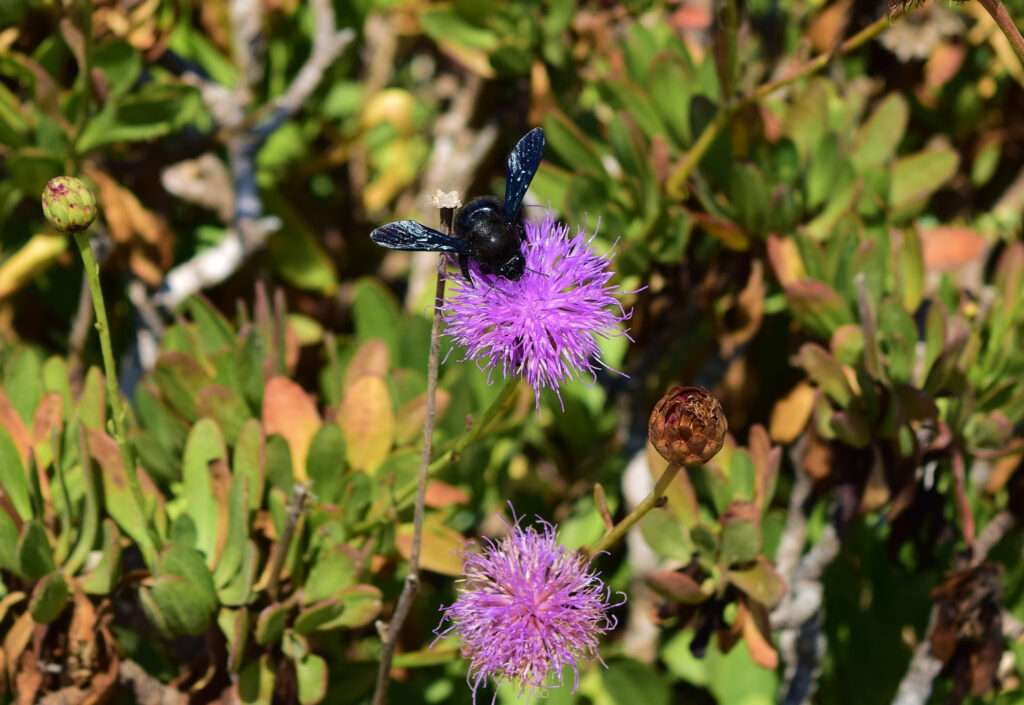
Why Choose Killingley for Habitat Restoration?
From planning to planting, our in-house teams manage every stage of your restoration project with care, professionalism, and attention to detail.
Each restoration plan is developed to reflect the specific needs of your site, local ecology, and environmental goals — with no generic solutions.
We have a strong track record of delivering measurable, long-term ecological improvements across a diverse range of landscapes.


